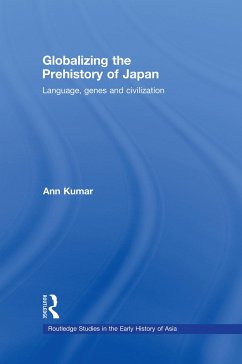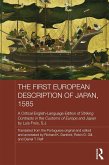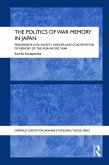This innovative work uses new evidence to challenge previously-held views on the prehistory and origins of Japanese society and identity. The changes in society in Japan between the Jomon and Yayoi cultures were unique, going far beyond those of the so-called Neolithic Revolution in other parts of the world. Uniquely, they included bronze and iron production, as well as a new architecture with symbolic significance, a new religion and a hierarchical society with an emperor at its head. The Yayoi period has been seen as the very beginning of Japanese civilization and identity. It has usually been thought that all the Yayoi innovations came from China and Korea, but this work uses new materials from diverse fields including rice genetics, DNA and historical linguistics to show that the major elements of Yayoi civilization actually came from the south. This is an important contribution to the prehistory of Japan and of South East Asia.








